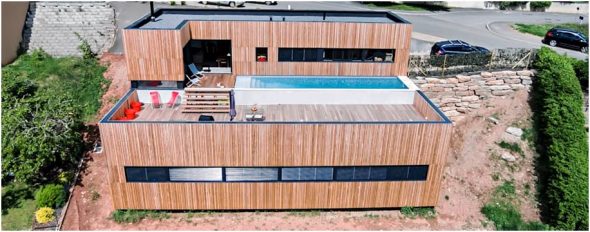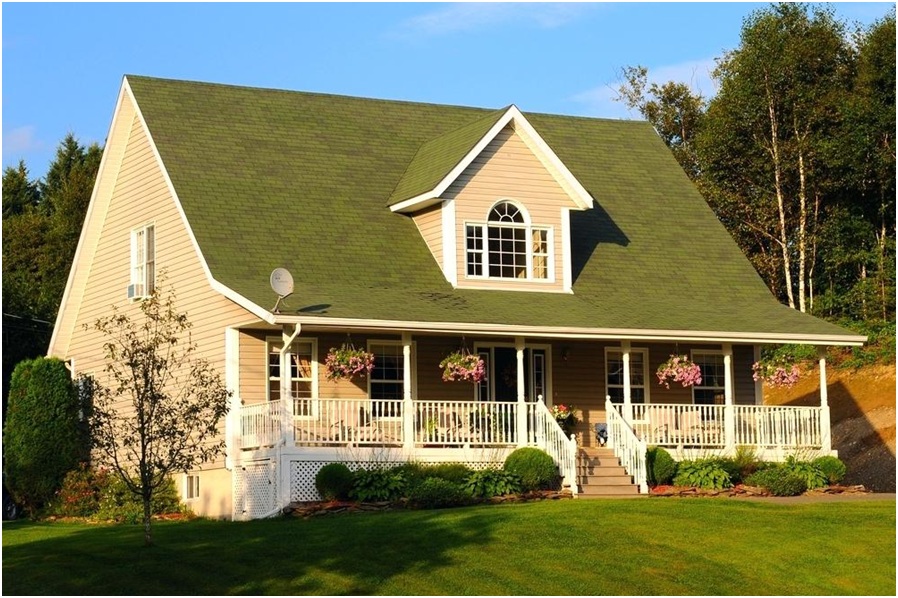Design Guide: Four Diverse Roofing Styles

When you are having your roof rebuilt by professionals, it is both a blessing and a curse, because the process presents both a quandary and an opportunity. On the one hand, you are probably having to shell out significant amounts of money to fix a problem. If the problem has reached a point where your entire roof needs to be replaced, it must be pretty bad. Maybe you should have fixed it up before now but it’s too late to worry about that – no use dwelling on the negative, let’s focus instead on the positive aspect of the situation: the fact that you can now choose the exact manner in which your roof will be rebuilt, maybe with a beautiful, fresh roof, you’ll appreciate the importance of roof repair services and maintenance!
There are different roofing styles all over the country – from Northeast Florida Residential Roof Styles to the ones you’ll find in California. So, let’s go over four distinctive styles of roof, considering the pros and cons as we do so.
- Flat Roof
A flat roof offers the same amount of weather protection – if not more – than you would get from any other style of roof, but it also creates a lot of extra space. In spite of their name, flat roofs are not completely flat; they are pitched very slightly to allow runoff of rainwater other precipitation. If not for this, rainwater would build up on the roof and eventually collapse it. A flat rooftop is an ideal place to put your garden, so for those who do not have a particularly big yard, this is a good bonus! You can talk to a professional roofing contractor, such as the ones from Red Canyon Roofing Loveland CO, to find out how you can make this possible for where you live.
- Spanish Colonial Roof
There are not many examples left of authentic Spanish colonial architecture – in most of the countries that were formerly Spanish colonies, the original structures have not lasted, though the reasons are unclear. The style is clearly not unpopular, because it has been copied consistently for centuries. A Spanish colonial-style roof consists of a series of interlocking tiles. These tiles are bowed so that when they interlock they create both high and low places to create natural channels for water to run down, guaranteeing that it will not accumulate and cause a collapse. Unlike the clay tiled roofs of the past, a modern Spanish roof can be crafted using concrete or even metal.
- Gable Roof
This is just a simple triangular roof with a single pitch and a single point. These are very common types of roofs because of their relative ease of construction and practical nature. Many gable-end conservatory roofs are square or rectangular in shape. Some homeowners convert conservatories into garden rooms, and sometimes even a guest bedroom. You can contact conservatory conversion professionals like Projects 4 Roofing (projects4roofing.co.uk), to see if this is possible where you live. Also, the peaked design of this style does a good job of shedding water and snow, but this design falls short when confronted with high winds. This roof style has the advantage of being cheaper, however, if you live in a hurricane-prone area this is not the way to go. 
- Butterfly Roof
This is an uncommon type of roof design that has become common in some places. The roof is V-shaped just like a traditional gable roof, but it’s upside down. This creates a natural ditch in the middle where water can run. For those who want to collect rainwater, this design is great, but on the downside, these types of roofs are much more expensive and may be more prone to collapsing if not built with great care and expertise.
So, if you’re going to be going to a rappahannock county roofing company soon, you now know some of the most popular roofing styles available. You can now make the decision of what style you want to use and what the pros of each type is.
- Restaurant Germs: Improving Cleaning Practices For Commonly Contaminated Surfaces - April 15, 2024
- 11 Cancer-Fighting Foods to Reduce the Risk of Cancer - March 18, 2024
- Safety and Aesthetics: Tips for Landscaping Around Your Wellhead - February 20, 2024
